



|
Each fabric has its own set of unique characteristics. Material for clothing is selected on the basis of these characteristics with as goal the very best results. Thus, for a blouse often a flowing and airy fabric is chosen because it falls nicely around your body. A pair of trousers can be very beautiful in heavy tweed material. Some fabrics are more comfortable in the summer, other more comfortable in the winter. Discover everything you need to know about the properties and the origin of materials and use it to your advantage!
|
| Cotton
Cotton is a natural vegetable fiber that grows in the seed pod of the cotton plant. The longest fibers produce the highest quality cotton fabrics, such as Pima and Egyptian. The breathable textiles made from cotton fibers are the most commonly used quality in the world. Cotton needs heat to grow...
Read more »
|
|
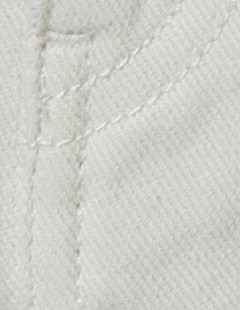
|
| Linen
Linen is a natural vegetable fiber that is obtained from the woody stem of the flax plant. The shorter flax plants are grown for linseed oil. Linen is one of the oldest textile fibers, and was already being used by ancient Egyptians, Babylonians and other civilizations between 5000 and 4000 BC.
Read more »
|
|
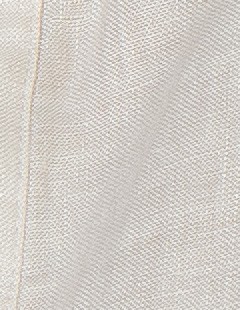
|
| Wool
Wool is an animal fiber, usually associated with fiber or fabric made from fleece of sheep or lamb. However, the term wool is actually applicable to all animal fibers, such as the hair of the cashmere goat or angora rabbit – these fibers will however be described separately. When talking of sheep or lamb...
Read more »
|
|
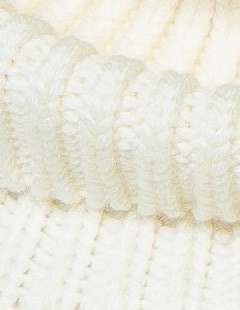
|
| Alpaca
Alpaca is a natural hair fiber that derives from the Alpaca sheep, which is a member of the llama family. In comparison to other hairy animals, alpacas don’t shed their coat in preparation for warm weather, and their hair grows continuously. Alpaca farmers normally shear their alpacas annually or...
Read more »
|
|
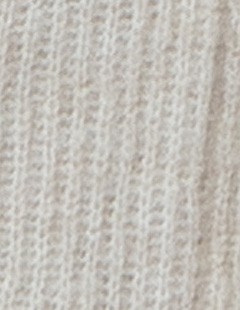
|
| Silk
Silk is a natural animal fiber which is produced by the silkworm in the construction of its cocoon. It is the filaments from the cocoon that we use to produce the fine silk garments. Raw silk – which has not been processed, contains sericin, or silk glue, and is harsh and stiff. However, silk is soft and white...
Read more »
|
|
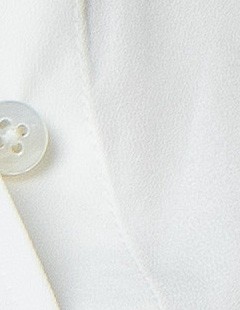
|
| Viscose
Viscose is a man-made fiber. The raw material is derived from wood pulp and cotton linters, which goes through a chemical viscose process and ends up as regenerated cellulose. After the special treatment is viscose comparable to cotton. Viscose is also known as rayon, which is the American term for viscose...
Read more »
|
|
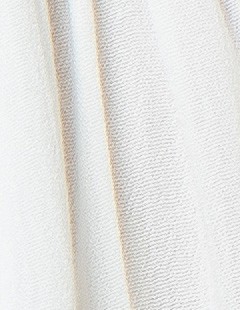
|
| Modal
Modal is a man-made cellulose fiber and is essentially a variety of viscose. It is made by spinning reconstituted cellulose from beech trees in a modified viscose process. This process gives longer cellulose molecules which results in an improved version of viscose with better textile performance...
Read more »
|
|
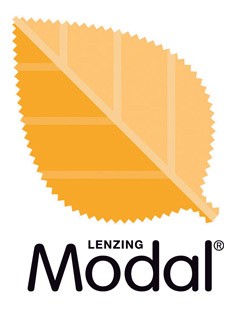
|
| Lyocell
Lyocell is a man-made fiber and is mostly known better by its brand name Tencel®. It is a manufactured fiber composed of regenerated cellulose which derives from wood pulp. Lyocell has a similar hand feeling and drape as viscose, and is noted for its durability and strength in addition to its..
Read more »
|
|
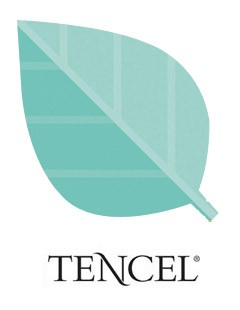
|
| Cupro
Cupro is a regenerated cellulose fiber that is produced by treating cotton cellulose with cuprammonium salt. It is especially known to resemble silk, and is also known as artificial silk.
Read more »
|
|
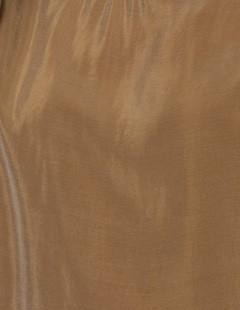
|
| Acetate
Cellulose acetate is more commonly known as acetate. It is a manufactured fiber formed by a compound of cellulose, refined from cotton linters and/or wood pulp. It was first introduced during First World War as a coating for aeroplane wings and was then developed to fiber.
Read more »
|
|
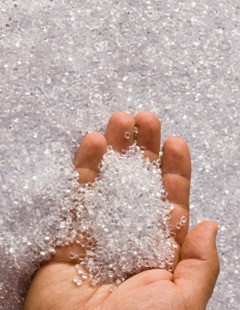
|
| Polyester
Polyester is a syntactic man-made fabric that was introduced in the early 1950’s, and is currently the 2nd most used material after cotton worldwide. Today’s polyester is not as we knew is 30 years ago as it is the most versatile man-made fiber. It is used for everything from costumes, dresses, rainwear...
Read more »
|
|
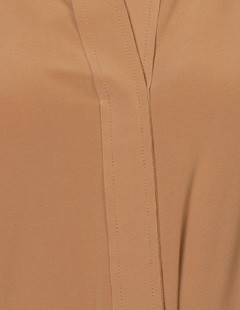
|
| Acryl
Acrylic is a man-made synthetic fiber that was developed in the 1940’s, and is nowadays considered as an excellent substitute for wool. Early acrylic was regarded as a “cheap” and uncomfortable material that pilled easily and the first garments made was quite itchy and not as soft as it is today. New..
Read more »
|
|
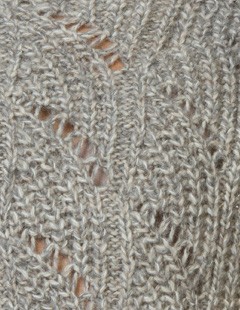
|
| Cashmere
Cashmere garments derives from the cashmere goat that lives in Mongolia and the Himalayan mountains at altitudes up to 5.000 meters. However, nowadays you can find cashmere goats also in Iran, India, Tibet, China and Iraq. To withstand the cold it has an unusually fine undercoat. At the...
Read more »
|
|
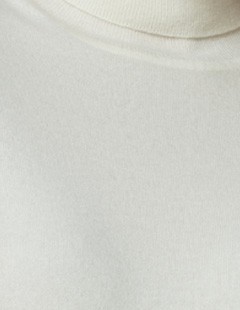
|
| Mohair
Mohair is the hair of the Angora goat, which may be shorn twice each year. The best quality comes from Texas, South Africa, and Turkey. The white hairs are long, lightly curled, have a silky luster, and do not felt easily. Mohair is often used for outerwear. Kid mohair comes from the younger and better..
Read more »
|
|
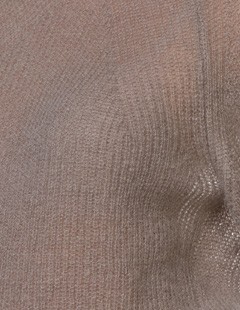
|
| Supima Cotton
The name “Supima” is an abbreviation for Superior Pima and indicates that the clothing is made of 100% American Pima Cotton. This makes Supima the brand name of American luxuries cotton.
Read more »
|
|
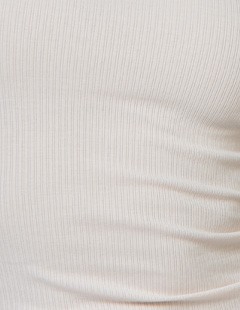
|
| Merino Wool
Merino wool is gained from a merino sheep and is prized for its high quality fibers. It’s the most common breed in the world. Merino sheep are known for their many skinfolds; they have 10 times more hair per square centimeter as an average sheep. One sheep supplies around five kilo of wool per year...
Read more »
|
|
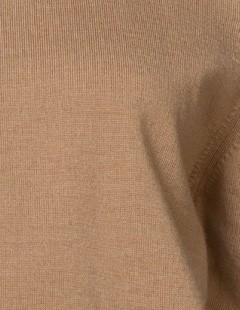
|
|
